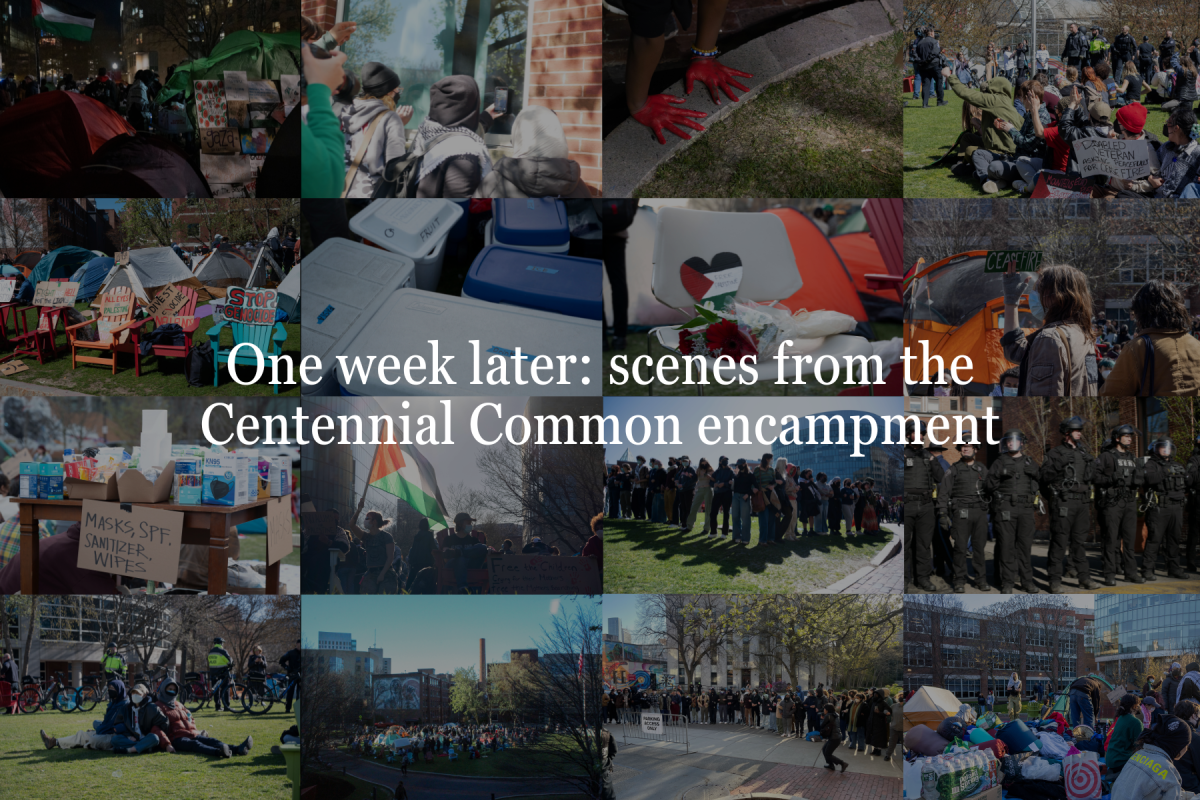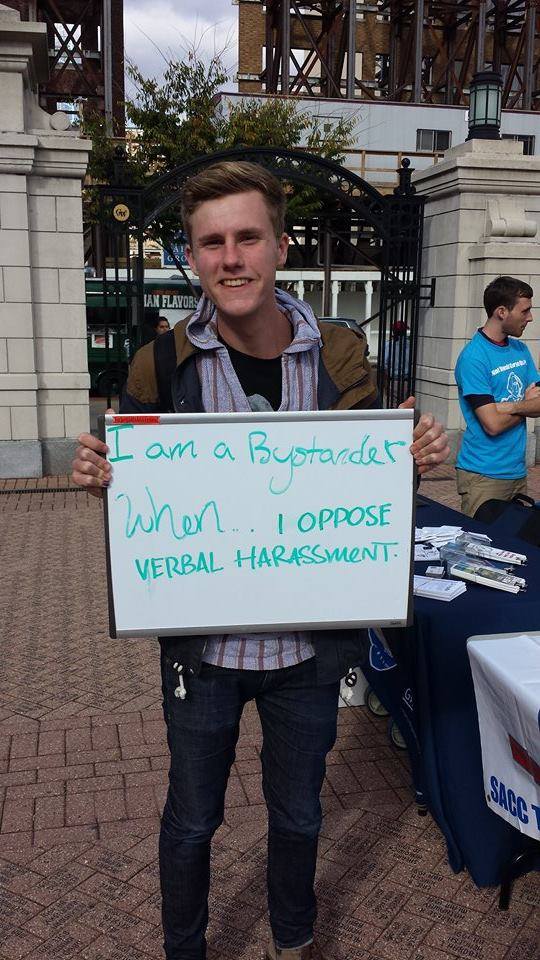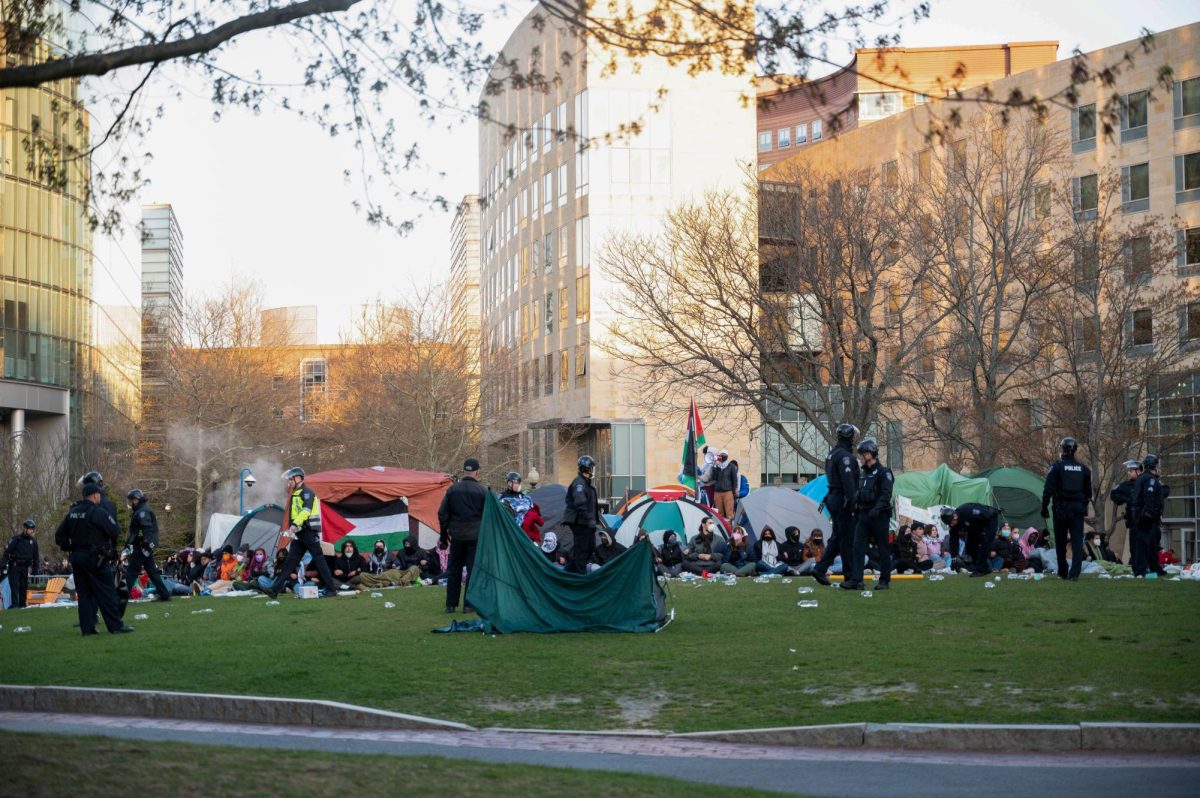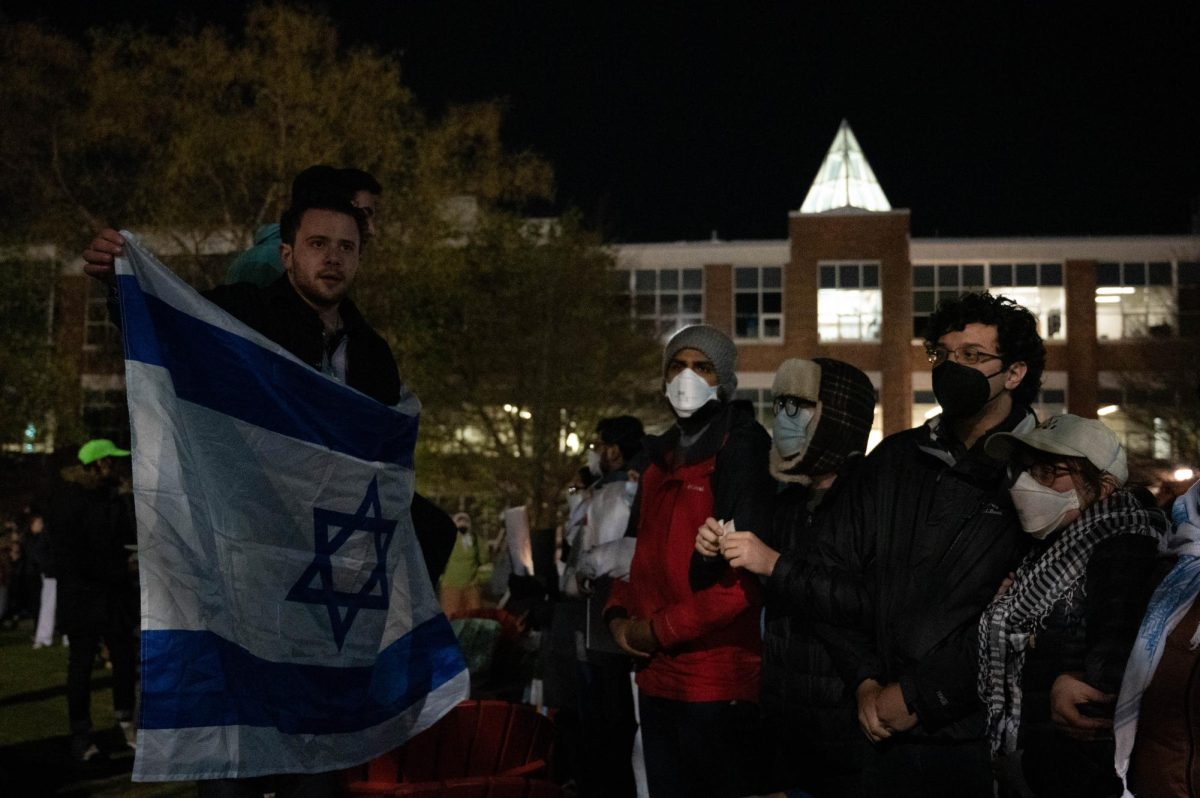By Aneri Pattani, news correspondent
Colleges across the nation are taking a red pen to their sexual assault policies, and in their revisions, placing new emphasis on bystanders as a powerful resource.
The White House’s launch of a new public awareness campaign “It’s On Us”reflects the recent focus on bystander intervention. Unveiled last Friday, the campaign aims to engage all members of campus communities in preventing sexual assault – a goal many colleges are already working toward.
“Bystanding is a really hot issue right now,” Sarah DeGue, a behavioral scientist and researcher in the Violence Prevention Division at the Centers for Disease Control and Prevention (CDC) in Atlanta, said.
The urgency of the issue was accentuated in May when the Department of Education’s Office for Civil Rights (OCR) released a list of higher education institutions under investigation for possible violations of federal law involving the handling of sexual violence and harassment complaints.
As of Sept. 17, 78 of those institutions were still under investigation, according to the OCR. Ten are in the greater Boston area, including Harvard College, Boston University and Emerson College, among others. Northeastern University was not listed.
In response, several universities are reviewing their policies on sexual assault and creating new programs with bystander intervention at the core.
“The real potential for change at a larger scale is around getting people to talk about this issue and act as a bystander when the small things happen,” DeGue said.
The “It’s On Us” campaign is the latest initiative by the White House Task Force to Protect Students from Sexual Assaults, and was created in January to address the issue of sexual violence on college campuses. The group operates under the slogan “Not Alone.”
A report published in April by the Task Force, the CDC and the Department of Justice called on universities to adopt more comprehensive strategies to prevent sexual assault. The report stated that one in five women are sexually assaulted during their college career.
The report issued several recommendations to help lower such figures. DeGue, who worked on the report, said colleges need to look at sexual assault through a wider lens that considers individual and situational risk factors such as race, ethnicity and surrounding neighborhoods.
“We’re encouraging campuses to take a more comprehensive approach and identify multiple strategies that are complementary to each other,” DeGue said.
At Northeastern, the Model Violence Prevention (MVP) program, run by the university’s Center for the Study of Sport in Society, has taken on this challenge.
Program Manager Ricardhy Grandoit said MVP is a dialogue-based program that addresses sexual assault through the bystander approach. It contains a series of trainings designed to get participants talking about what it means to be a man or woman in terms of society’s gender role expectations.
“We address the issue of why men feel the need to conquer and who are they doing it for,” Grandoit said.
Most men do not approve of rape jokes or the attitudes surrounding it, but they often go along with it to impress their friends, Grandoit added.
As one of the thousands of recipients of the White House Task Force’s recommendations, the Sport in Society Center is trying to increase the efficacy of its programs by connecting with various departments. Grandoit and others at the center hope to reach out to Greek life, university counseling services, campus police and others to build a more comprehensive network.
They hope to make MVP training mandatory for leaders of sports teams and clubs on Northeastern’s campus.
According to Grandoit, the program is meant to give students the tools they need to be active members in the discussion on sexual assault and learn how to use their power as bystanders.
This newfound emphasis on the responsibility of bystanders and institutions is reflective of a new perspective on sexual assault.
According to Sarah Jackson, a communication studies professor at Northeastern with expertise in race and gender studies, while the conversation on sexual assault used to focus on victim shaming, the discussion has moved on to educate and confront the people who commit the acts of violence and how they can be prevented.
“This framing has pushed people to want to hold institutions accountable in not following through in their responsibility to protect their students,” Jackson said.
Many experts echoed this idea.
The focus used to be on teaching women, as potential victims, to protect themselves, said Kelley Adams, program manager at MIT Violence Prevention and Response (VPR), an on-campus resource for students experiencing any form of sexual harassment, said. Then there was a switch to thinking of men as likely perpetrators and trying to control them, she added.
Adams explained that when neither method was effective, the response shifted to reaching out to victims’ friends, bystanders and other members of the public.
The strategies for bystanders to make an impact are varied from direct involvement to more subtle methods of influencing attitudes toward sexual violence, Tracy Cox, communications director of the National Sexual Violence Resource Center in Pennsylvania, said.
Many people fear for their own safety when intervening, but according to Cox, there are many safe ways for bystanders to make a difference.
“It’s not always about making yourself a human shield between the potential victim and perpetrator,” Cox said.
As stated by Cox, intervention can take a less direct form even by taking a more general look at hyper-masculinity, which is the culture that promotes the derogatory treatment of women as an exemplification of manliness. Tawfik says using resources like this allows students to avoid high overhead costs.
Many experts agree that bystanders can be helpful just by expressing disapproval of a rape joke or by removing a potential victim from a perceived dangerous scenario.
“It’s really a social norms component that drives the effectiveness of bystander strategy,” DeGue said.
Chris Kilmartin, author of the 2009 book “The Masculine Self” and the 2005 book “Sexual Assault in Context: Teaching College Men About Gender,” agreed. Men trying to change the attitudes of other men can be especially compelling, he said.
Many college programs, along with the White House’s new campaign, are embracing this concept and focusing on men as vital instruments of change.
“They’re half the population, so if we’re looking at culture change, it won’t help to only have the women listening,” Adams of MIT VPR said.
Men can also employ different intervention strategies than women, Megan Kelly, a staff worker at Boston College’s Women’s Center, said. While women are more effective in removing a potential victim from a bad situation, such as asking them to accompany them to the bathroom or step out for some food, men can approach a potential perpetrator more efficiently and be more direct, she said.
Men are often hesitant to speak out against rape jokes or other sexually offensive comments toward women because they overestimate the degree to which other men accept it, according to Kilmartin, a psychology professor at the University of Mary Washington in Virginia.
“The bystander approach is meant to amplify the voice of the healthy men who are in the majority,” he said.
Experts agree one way to change the current male culture is through grassroots peer organizations.
Harvard Men Against Rape is one of several groups working with the college’s Office of Sexual Assault Prevention and Response (OSAPR) to develop a 45-minute workshop on bystander intervention for incoming freshman.
OSAPR is also working on a survey about the campus culture surrounding sexual harassment to offer to its students, based on the Task Force’s recommendations.
MIT hosted a campus-wide survey to gage the social climate of the student body in May. The data is still being analyzed, but will be used to inform new work done by the VPR, Adams said.
After the report was issued by the White House Task Force, campuses have been compelled to address the issue of sexual asault, but many experts, like Cox, caution that the process is slow and will take time to translate into true change.
“It’s not just a one-and-done magic pill,” Cox said. “Colleges have to be mindful that there is not a one-size-fits-all approach. It’s a long-term commitment and things will not change overnight.”
Photo coutesy of David Kohanski












